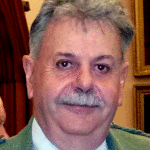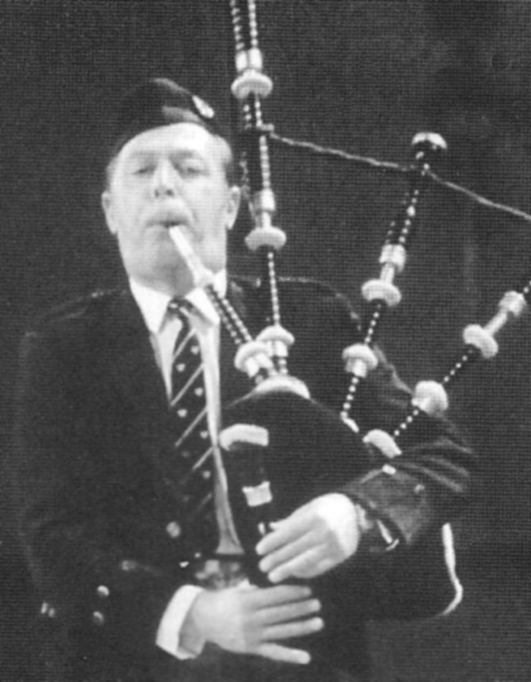 Your favourite web magazine, pipingpress.com, is open to all those who wish to blog about some piping or pipe band matter and who feel a shorter letter would not do their opinion justice. Today we turn a page over to piper, teacher and adjudicator Duncan Watson…..
Your favourite web magazine, pipingpress.com, is open to all those who wish to blog about some piping or pipe band matter and who feel a shorter letter would not do their opinion justice. Today we turn a page over to piper, teacher and adjudicator Duncan Watson…..
Seumas MacNeil and John MacFadyen continued competing for a while after that into when I was in my early twenties, so can recall some of their playing. The label ‘The Three Wise Men’ had nothing to do with religion!
[wds id=”5″]

Willie had teaching from John MacDonald, Inverness, but I think he went earlier to Jockan MacPherson, Calum Piobair’s brother. The lesson from Willie required playing the dre from the low G − which of course required the clean lifting of the little finger from low G to low A whilst simultaneously lifting the E finger, making the E note. If there was a crossing noise when using those fingers, it was a fault and had to be rectified. The E finger was replaced to the chanter making a low A and then the F gracenote was played on the low A, the movement completed with return to the E.
There are examples of some of the older players who had excellent technique whether they included the low A or not. One major exponent of the crunluath with the low A was the late Pipe Major Robert Reid. I did an experiment with a recording of him and another significant player and asked a sharp-eared pupil to identify which of the two was playing the low A. After repeated listening the pupil actually got it wrong, but after more intent listening was able to detect the slight difference. Both recordings had crisp percussive technique and in truth it was difficult to distinguish what the difference was.
It should be emphasised and acknowledged that the players in the Gold Medal competition are there as a result of successful track records of prizes and a stringent grading and eligibility system. There are, nevertheless, some players who seemingly have recurring problems with technique. If what James McIntosh states is correct, then recognition of this problems is required by teachers, pipers and of course the judging fraternity. In the few years that I have attended the judging seminars which take place, this subject has never been discussed in detail.
Beginner Piobaireachd
To go back to the crunluath, I have been aware that some pipers have been taught that all that is required is to add to the taorluath, an F grace note on low A and then to raise the E finger to sound the E note. I think this can cause the problem which James McIntosh identifies and results in what can be a slight hiatus in the midst of the movement. This is counteracted by opening the fingering too much, resulting in a clumsy sounding, unbalanced embellishment instead of a crisp fluent delivery. Of course there are some who have a hiatus on the low G at the commencement of the movement, but that is another subject. Undoubtedly there are pipers who are uncomfortable with the basic crunluath and steer themselves to the easier option of fosgailte tunes and then are graded based on this easier options. In the set tune scenario, when tunes outside their comfort zone are then chosen, the problems that James McIntosh seems to be referring to, become evident.
















I’ve been reading some unpublished manuscripts by Frans Buisman, wherein he describes how “silly” the modern “redundant A” argument is because, in fact, it appears from the Hannay-MacAuslan and Hector Ross collections that it was the second G of the heavy grip that was redundant! The A was always there! :^)
All of this bespeaks a simple, immutable truth which we should embrace: music is rooted in culture. Culture, being ever changing, ever fluid, will make its impact upon music accordingly.
Culture is also never monolithic: tastes, often at odds with each other, exist simultaneously.
The joy of history is being able to observe those changes and those differing tastes.
The hope of the future is wondering what changes may take place.
And the much welcomed open-mindedness shown today may portend an incredible vibrancy in that future.
PS You know what would be lovely to have? a brief audio snippet of the kinds of exercises you have found to be the most useful for achieving the kinds of results being described.
Point taken on the audio David. RW